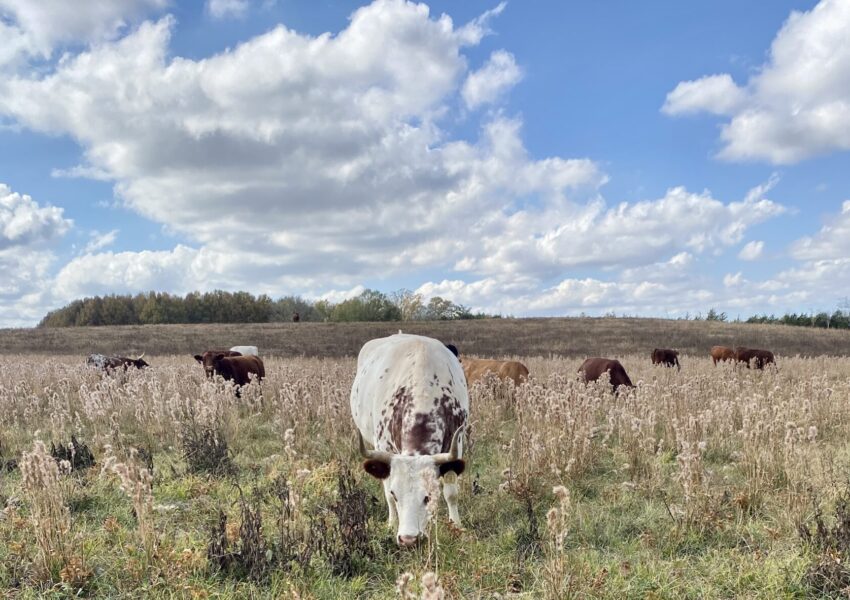Sticky rice. It may not be the first dish you expect to be served in a double-wide trailer in the mountain South, but in Morganton, North Carolina, you will find it in abundance. In this episode of Gravy, Katy Clune brings us the story of one Laotian family that’s introducing their community to their food and faith, and working to make themselves a home in the South. Food weaves in and around this story, from the solitary egg that fed a whole family fleeing Laos to become refugees in Thailand, to the sticky rice cooked in offering to a new temple’s monk in North Carolina.


You can read more about the Phappayboun family in the story Katy Clune wrote for the Fall 2015 issue of Gravy, our sister quarterly publication, “Tasting Laos in the North Carolina Mountains.”


You can learn more about the food and faith of Laos and how the Phappaybouns have made room both in Morganton in Katy’s thesis project, Making Laos.

And, if you happen to live in the Triangle area of North Carolina, you can see more of Katy’s photos in person at this photo exhibit.


If you’d like to have a little bit of Laos in your own kitchen, you can make Dara’s Green Papaya Salad. Here’s the recipe.

GREEN PAPAYA SALAD
Recipe by Dara Phrakousonh and Katy Clune
In Lao, green papaya salad is tahm maak houng. Tahm, which sounds like the beat of mortar and pestle, means to pound. Maak houng is papaya, but you can “tahm” anything with this combination of flavors: green mangoes, noodles, or seafood.
Green papaya salad is beloved in Laos and Northern Thailand and is a common street and festival food. The quantities listed below are loose guidelines; you order your papaya salad according to your tastes—extra chili or no fish sauce. At some stands, vendors let you balance and pound your own ingredients. While the Lao style uses paedek, a strong, fermented fish sauce, this taste can be attained with a pinch of crab and shrimp paste.
Makes 4 servings; prep time approximately 15 minutes.
INGREDIENTS
1 medium-sized green papay, grated (roughly 5 cups)
If you do not have access to an Asian grocery where you can purchase an unripe papaya, substitute chopped English cucumbers or equal parts grated carrot and cabbage.
1–2 limes
2 Tbsp. sugar*
3 Tbsp. fish sauce* (available in many supermarkets)
3 diced Roma tomatoes, or roughly 1 pint halved cherry tomatoes
5 long beans, cut into 1 inch pieces on the diagonal (roughly 1 cup)
Long beans—which can be up to a yard in length!—can be replaced with regular green beans
1 large (or 2 small) cloves of garlic, minced
2–3 bird’s eye chilies*, minced
(red chilies are often hotter than green)
Roasted salted peanuts, crushed
*These ingredients depend on your palate—start with these quantities, then increase as needed once you mix the salad.
PREPARATION
- Peel the green papaya, cut it in half, and remove the seeds. Working in pieces, grate the papaya using a food processor attachment, if possible. You can purchase a tool made for this purpose in Asian food stores, but the food processor makes this step blissfully easy.
- While a large mortar and pestle is ideal, a big bowl and two sturdy spoons will work just as well. Add grated papaya to bowl, taking note that the quantities listed are for roughly 5 cups. Add all remaining ingredients. Stir with a spoon, and once ingredients are integrated, “pound” the salad roughly twenty times with the two spoons, stirring occasionally.
- Taste and adjust seasonings accordingly. Serve topped with a generous handful of peanuts and a slice of lime.








